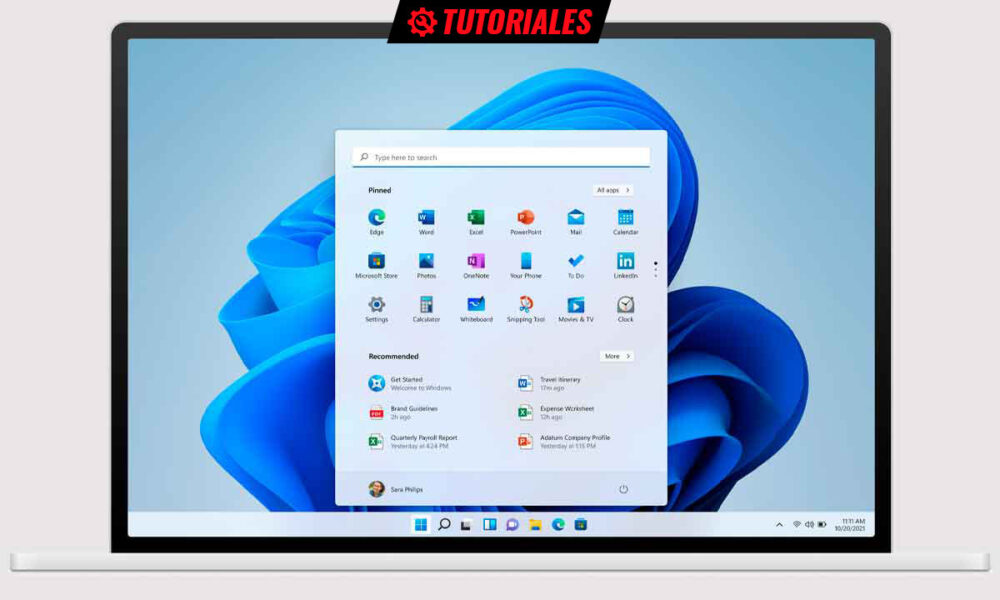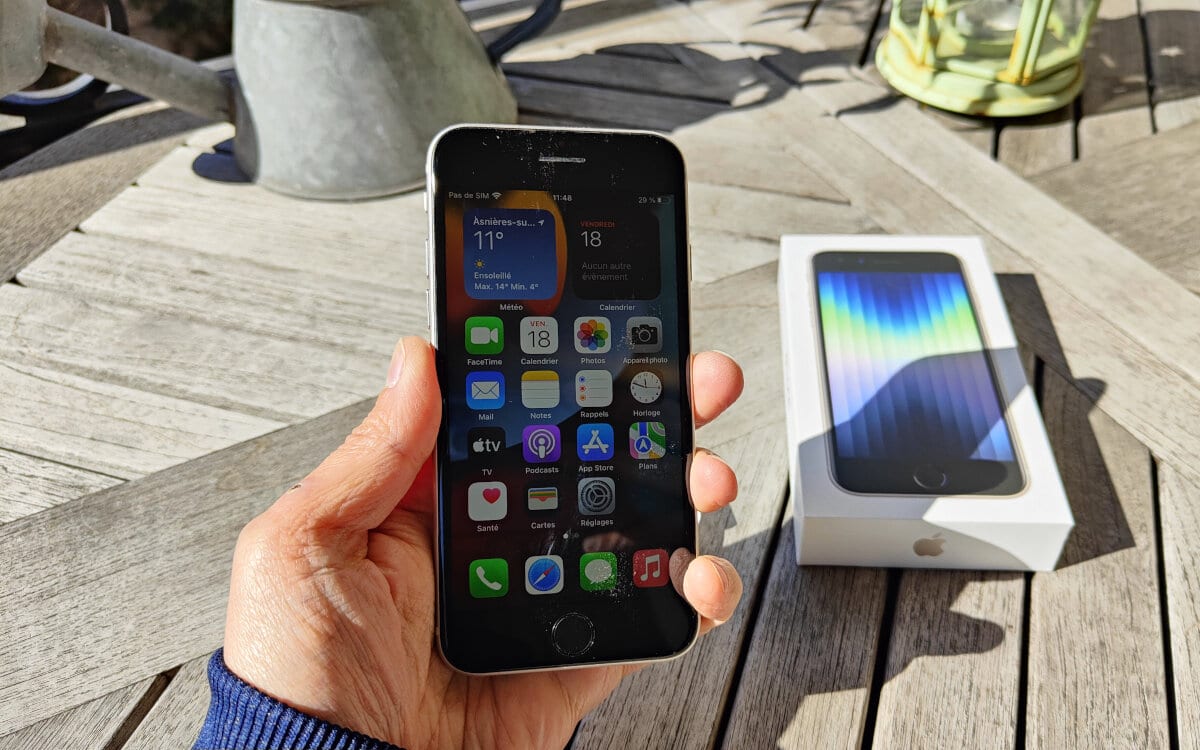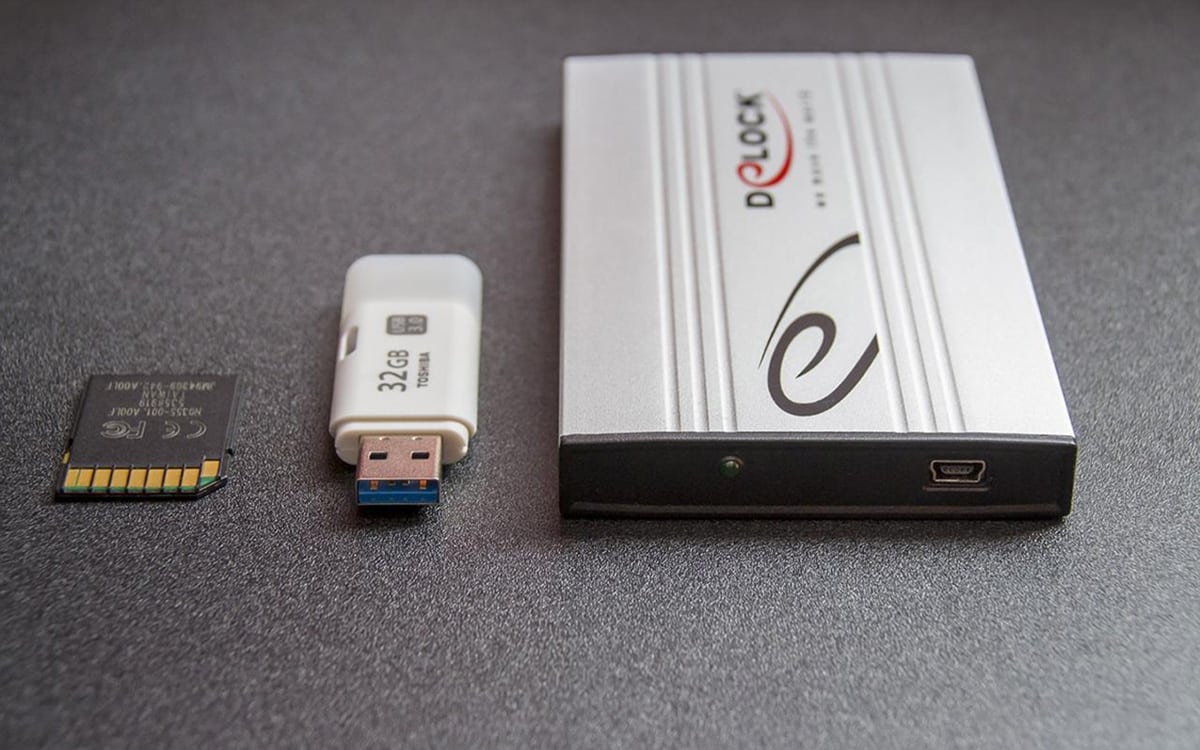
Some won’t remember, and quite a few more won’t, but the iMac G3 marked a before and after between the Apple of the early and mid-nineties, with respect to the giant it is today. Today, everyone knows, it is one of the largest and most influential technology companies in the world. The company back then, however, had lost its way some time ago and, as incredible as it may seem today, it was only a few steps from the abyss of bankruptcy, and possibly from disappearance. Yes, it’s hard to imagine now, but for a while, in the 1990s, Apple’s survival seemed impossible.
The first step to his recovery was the return of Steve Jobs to the company. Eleven years have passed since his forced departure, in 1985, and his return to the company in 1996. Initially, the reason for his return was to contribute the intellectual property of NeXT, the company he had created and directed in that period of time, and which it would be used by Apple to create its long-awaited new operating system. However, Jobs returned to an Apple still led by Gil Amelio, it would not be until about a year after Amelio left the management and Jobs was appointed interim CEO (the “interim” would disappear from the position three years later, during 2000). . The return of Jobs breathed enthusiasm, but it did not improve sales or financing, it was just a first step that would have to materialize into something that would indeed turn the tables. And while that something was coming, Jobs had to knock on all doors, including Microsoft’s.
The great project, the reason for Steve Jobs’s return to Apple, was, in the first instance, to unlock the already eternal project of a new and revolutionary operating system. However, if the new CEO lacked something, it was commercial vision. At a time when Apple’s systems proposal had lost interest for the vast part of the market, a new operating system would not be enough. And, furthermore, while both his vision and the intellectual property he carried under his arm was a huge step forward, there was still a lot of work ahead, and they couldn’t wait that long.
The iMac G3, with its fresh design and vivid colors, was like Jennifer and David coming to Pleasantville to the computer world.
In the first period of Steve Jobs as CEO of Apple we can clearly distinguish between two periods, pre-Macintosh and post-Macintosh. It is true that the company, from its early years, had gained great popularity, but it was the launch of its revolutionary all-in-one, decades before the concept was defined and popularized, that elevated the company to the zenith of its popularity. And if someone was capable of repeating history, without a doubt that person was Jobs.
So, On May 7, 1998, just 25 years ago today, Apple presented the iMac G3, a computer that completely inherited the paradigm of the successful Macintosh. And, although not many know it, a team that also marked Jobs’ first collaboration with Jony Ive, who became his reference designer, who would later also sign many of the iconic designs of Apple devices during the first two years. decades of this century, until his departure from the company in 2019.
The iMac G3 meant, therefore, the first of a series of very lucky moves by Steve Jobs to save Apple from bankruptcy. Then would come the launch of Mac OS X, already in 2001, the launch of the first iPod that same year… and the rest of the story you surely know well. And yes, it is true that many consider, today, that the great change in trend for Apple occurred with the iPod, but this is not true. The iPod gave visibility to a new Apple, but that Apple had begun to take shape with the return of Jobs, four years earlier, and with the launch of the iMac G3 and Mac OS X, both products that restored the illusion of many users ( and especially former users) of the company.
Fourteen years separate both images, but in them we see a proud (rightly) Steve Jobs, showing his two most iconic creations up to that moment.
And what did the letter i at the beginning of the name of the iMac G3 mean? The successful initial of the name of many of the company’s most recognized devices and services. from the iPod and the iPhone to iCloud, it debuted on this computer and, although the most general interpretation is that it was used as a reference to the Internet (let’s remember that in 1998 the network of networks was the great novelty of the time). However, if we review the presentation of the iMac G3, which you can find in the article that we dedicated to his 20th birthday, Steve Jobs stated that it was actually a prefix with several meanings, such as individual, instruct, inform and inspire.
What is not so well known is that, in reality, Jobs’ initial intention was to call him MacMan (the genius sometimes had bad ideas too). Luck wanted two circumstances to concur. The first is that that name was already trademarked by a company called Midiman, who used it for a serial port to MIDI adapter. The offer made by Apple was rejected, and today we can say that luckily.
The second circumstance was the conversation between Steve Jobs and Ken Segall, who worked for the advertising agency TBWA Chiat/Day. And it was the latter who suggested the name of iMac. However, Jobs did not like the name at first, and he preferred to keep trying with MacMan. Fortunately, Segall was persistent with his proposal and managed to convince the CEO to opt for the i, which today is an iconic element of the brand.
Personally, and since it’s only a few days since Star Wars Day (May 4), it reminds me of George Lucas’s initial plans to name good old Luke as Starkiller. Can you imagine? Luke “star killer” or “star killer”? I don’t know which is worse, Starkiller or MacMan, but luckily we had Luke Skywalker in 1977 and the iMac G3 in 1998.
From left to right: iMac G3 (the computer that changed everything), iMac G4 (a creative but not-so-sultry design), and iMac G5, the system that set the standard for today’s iMacs.
And what did the first iMac G3 have? In addition to a truly innovative design (although the company had certainly explored the all-in-one format several times before), the iMac G3 was innovative in a number of ways, such as USB adoption as an expansion port and peripheral connection, but also to begin to mark the company’s farewell to one of the most popular storage media of the time, the now historic 3.5-inch floppy disk.
The whole computer was presided over by a screen (tube, CRT, of course) of 15 inches with a resolution of 1,024 x 768 points. It may not seem like much (and currently it is), but let’s remember that at that time it was still common to find 14-inch monitors, and that having a 17-inch monitor was an absolute privilege.
Once inside, and as its name reveals, the equipment was powered by a processor 233 megahertz IBM PowerPC G3 accompanied by a graphics card ATI Rage IIc, 32 megabytes of RAM and a 4 gigabyte IDE hard drive. Seen in this way, today, it seems that we are talking about a device that could not move practically anything, but the truth is that, without reaching the benefits of the later PowerMac G3 “smurf”, it was more than enough to undertake such ambitious projects and interesting how to start the creation of Wikipedia.
Later the iMac G4 would arrive, a design that didn’t catch on as much, and then the design of the iMac G5, which since then has remained, more or less, until as we know it today, and which once again was an absolute success, with many manufacturers. taking note and trying to replicate it in their own systems. Thus, the system presented on this day like today 25 years ago, once again marked a before and after in the history of Apple, as the Macintosh had done in 1984, but on this occasion it also served to save the company from a very probable bankruptcy, and inspired the rest of the industry to put aside the boring beige that had long since become the standard in PC design.



